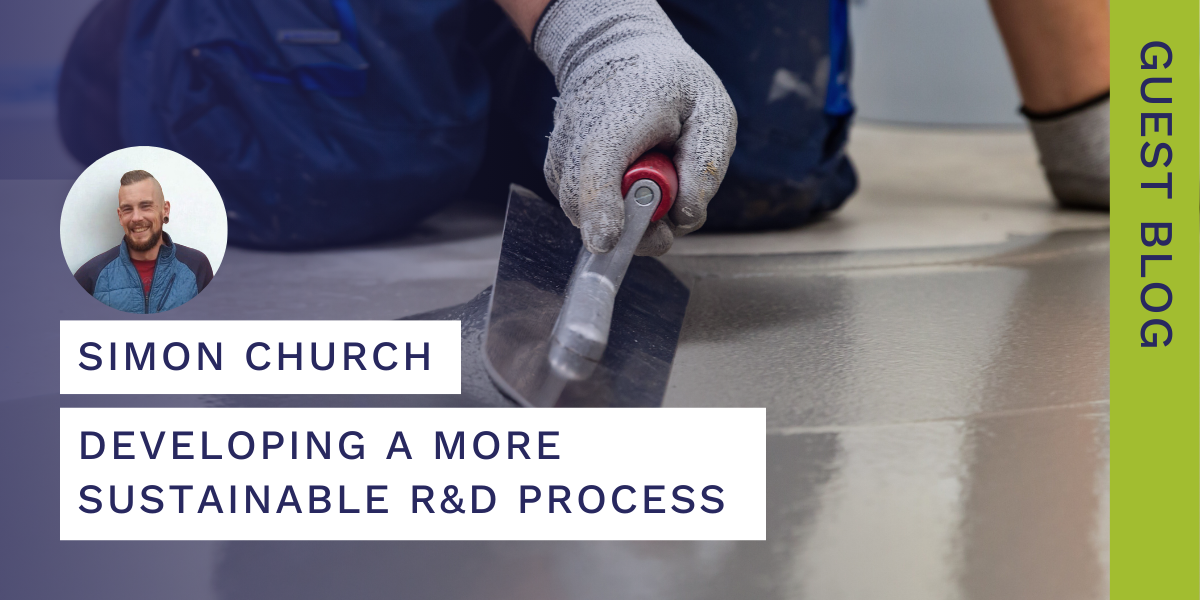Simon Church, Research & Development Team Lead at Bostik, discusses the R&D process and why sustainability is one of his top priorities
When I left school, all I knew was that I wanted to do something scientific. This led me to work as a lab junior for an engineering consultancy, where I would do investigations into the chemical content of pre-existing concrete.
I loved solving complex technical challenges, working out if there were any issues with the concrete. That was the beginning of my fifteen-year career in cementitious materials, which has led me to join Bostik as Research & Development Team Lead two years ago.
The R&D process
The process of developing a new product is different every time, but it always starts with an idea. That can come from marketing or be sparked by new technology from our raw material suppliers or a product that our global counterparts have developed that they think would be suitable for the UK market.
The idea will then be drawn up as a project scope, before being taken through to the project board, where we will explain our reasons for wanting to develop it. These will include the benefits we believe the product will bring to our customers and the financial considerations for the business (estimated project time, capital investment, predicted sales, etc.).
Once we receive the green light, we enter the development stage, in which we identify the raw materials needed and start working in the lab – collaborating with other departments, such as production and technical services – to meet the project specification. From there it’s the scale up stage, customer trials and depending on the complexity, a few months later, the product may appear on shelves.
The changing landscape
The market is always evolving, and a big part of my job is working out ways to meet new challenges. For instance, some of the raw materials commonly used in our sector are becoming less readily available or no longer economically viable in our products, so we’re always exploring alternative supply options.
“The market is always evolving, and a big part of my job is working out ways to meet new challenges”
Another area we’re monitoring is the growing pressure on traditional resource extraction methods, which face increasing scrutiny due to their environmental and community impact. As a result, we’re also investigating more sustainable and recycled materials to ensure our products remain viable for the future.
Keeping track of market changes is essential to staying competitive, and by monitoring these trends, we try to ensure that our products maintain the high standards that our customers expect.
Sustainability
Of course, sustainability is a major consideration.
We’re constantly looking at how to reduce our CO₂ footprint, as cement is a CO₂-heavy product in the way that it’s produced
It’s early days, but our ambition to reduce the CO₂ footprint of the UK cementitious product range by 30% by 2030, and we are on course to achieve that. This will help support our clients’ environmental goals and foster innovation in more sustainable products.
The R&D process is often tricky, but is also highly rewarding and necessary. Our new RENO C700 FINISH smoothing compound, for example, required a lot of back-and-forth in the R&D process as we worked to get the application properties spot-on – but when we see it getting great reviews on the market, it makes all the effort worthwhile.
Find out more about Bostik RENO C700 FINISH smoothing compound here.

